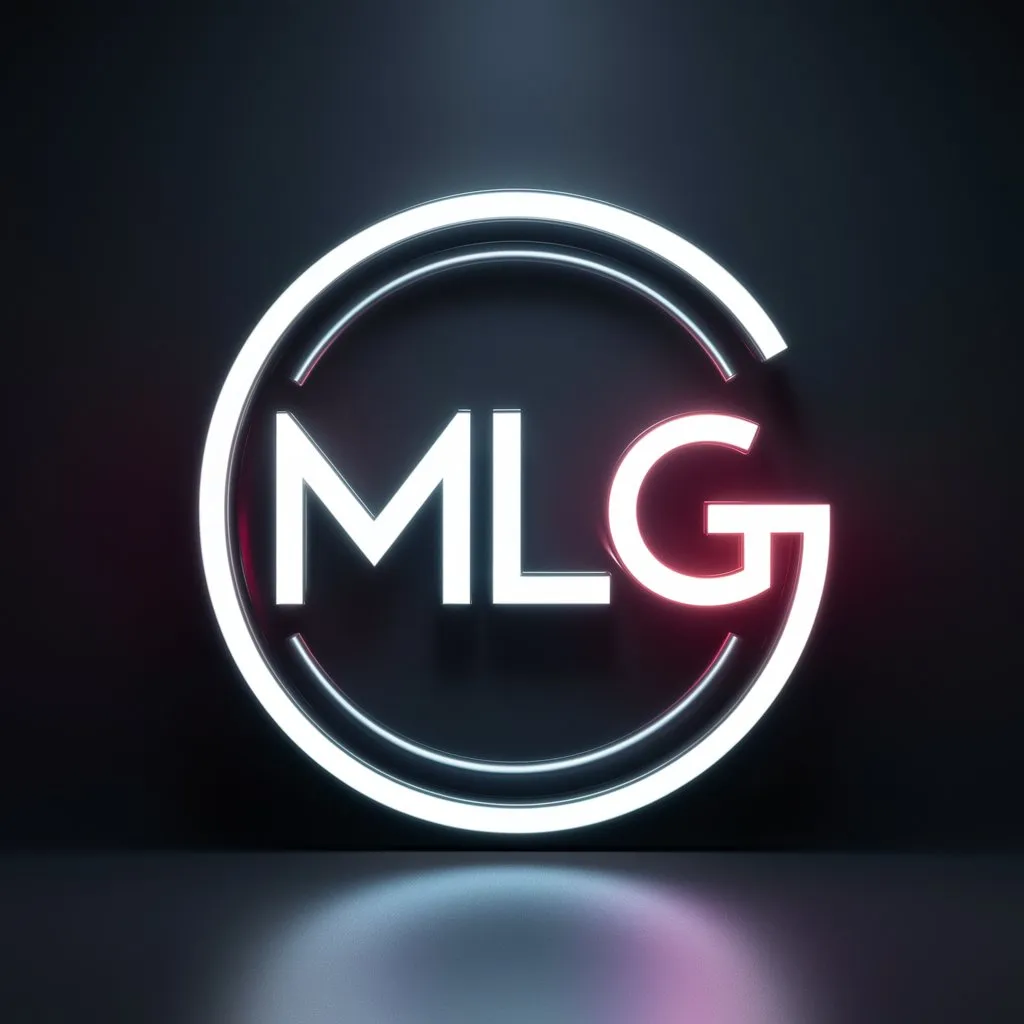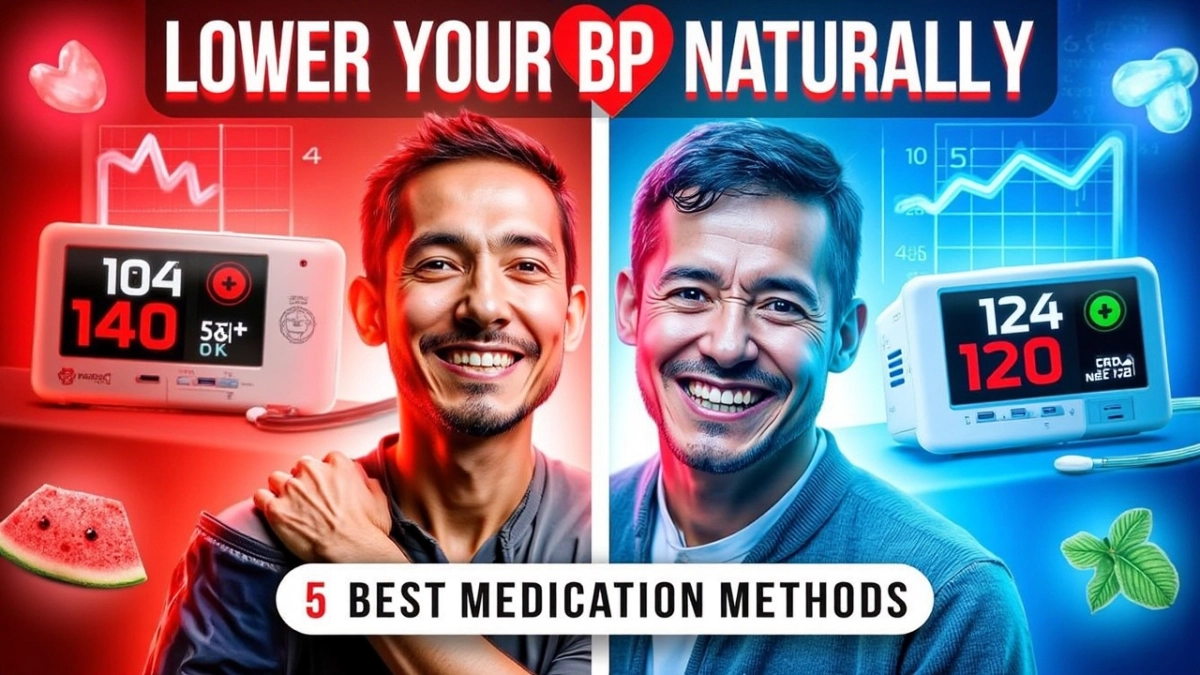Hypertension. High blood pressure. It’s often called the “silent killer,” and for good reason. It stealthily damages your arteries, heart, and organs for years without a single obvious symptom. For many, the diagnosis comes as a surprise during a routine check-up, followed by a prescription and a vague instruction to “watch your salt.” But what if the story of hypertension treatment is far richer, more nuanced, and ultimately more empowering than that?
The old model of simply prescribing a pill and sending a patient on their way is fading. Today, successful hyper tension treatment is understood as a dynamic, lifelong partnership between you and your healthcare team. It’s a mosaic where cutting-edge medication, transformative lifestyle shifts, and consistent monitoring all interlock to form a complete picture of health. This guide isn’t just about lowering a number on a gauge; it’s about reclaiming your vitality and protecting your future self. Let’s move beyond the basics and explore what a truly modern approach to managing hypertension looks like.
Beyond the Numbers: Understanding What You’re Treating
Before we dive into treatment, it’s crucial to understand the “why.” Blood pressure is the force of blood pushing against your artery walls. When that force is consistently too high, it causes micro-tears in the delicate lining of your vessels, leading to inflammation, plaque buildup (atherosclerosis), and increased strain on your heart.
- Systolic pressure (the top number) measures the pressure in your arteries when your heart beats.
- Diastolic pressure (the bottom number) measures the pressure when your heart rests between beats.
Treatment aims to protect your entire cardiovascular system from this relentless pressure, significantly reducing your risk of heart attack, stroke, heart failure, kidney disease, and vision loss.
The First Line of Defense: Lifestyle Modifications as Cornerstone Therapy
Medication is powerful, but it should rarely be the only tool in your kit. For many with mildly elevated blood pressure, lifestyle changes can be the treatment. For those on medication, they can reduce the dosage needed and enhance the drug’s effectiveness. Think of this as building a fortress of health.
The DASH Diet: More Than Just Low Sodium
The Dietary Approaches to Stop Hypertension (DASH) diet is consistently ranked as one of the best eating plans for heart health. Its genius isn’t just in limiting sodium but in its emphasis on what you should add to your plate:
- Potassium, Magnesium, and Calcium: These minerals help balance sodium’s effects and relax blood vessels. Think leafy greens, bananas, sweet potatoes, avocados, nuts, seeds, and low-fat dairy.
- Fiber-Rich Foods: Whole grains, legumes, and vegetables improve overall metabolic health.
- Practical Tip: Don’t just avoid the salt shaker. Over 70% of dietary sodium comes from processed and restaurant foods. Become a label reader.
Movement as Medicine: The Power of Exercise
Regular physical activity is a potent vasodilator—it helps your blood vessels relax and expand.
- Aim for: At least 150 minutes of moderate-intensity exercise (like brisk walking, cycling, swimming) or 75 minutes of vigorous activity per week.
- Strength Training: Don’t neglect it! Two days per week of resistance training improves overall metabolic health and contributes to long-term weight management.
- Consistency is Key: A daily 30-minute walk is more impactful than a 2-hour weekend warrior session that leads to injury.
The Mind-Body Connection: Stress and Sleep
Chronic stress keeps your body in a state of “fight or flight,” releasing hormones like cortisol and adrenaline that spike blood pressure.
- Stress-Reduction Techniques: Mindfulness, meditation, deep breathing exercises, and even hobbies can significantly lower pressure readings.
- Prioritize Sleep: Poor sleep, especially conditions like sleep apnea, is a major contributor to treatment-resistant hypertension. Aim for 7-9 hours of quality sleep per night.
The Pharmacological Arsenal: A Guide to Common Medications
When lifestyle changes aren’t enough, medications are a vital and life-saving component of hyper tension treatment. There are several classes, and often, a combination is used. Your doctor will choose based on your age, race, other health conditions, and potential side effects.
| Medication Class | How It Works | Common Examples | Notes & Considerations |
|---|---|---|---|
| Diuretics (“Water Pills”) | Help kidneys remove sodium and water, reducing blood volume. | Hydrochlorothiazide, Chlorthalidone | Often a first-choice; great for fluid retention but may cause frequent urination. |
| ACE Inhibitors | Relax blood vessels by blocking the formation of a natural chemical that narrows vessels. | Lisinopril, Enalapril | Common first-line; can cause a persistent dry cough as a side effect. |
| ARBs (Angiotensin II Receptor Blockers) | Similar to ACE inhibitors but block the action of the chemical rather than its formation. | Losartan, Valsartan | Often used if a patient can’t tolerate the ACE inhibitor cough. |
| Calcium Channel Blockers | Prevent calcium from entering heart and vessel muscle cells, relaxing vessels. | Amlodipine, Diltiazem | Effective, especially in older adults; some types can cause ankle swelling. |
| Beta-Blockers | Reduce heart rate and the heart’s output of blood. | Metoprolol, Atenolol | Less commonly used as a first-line now unless for other conditions like arrhythmias. |
Monitoring and Long-Term Management: Your Active Role
Treatment doesn’t end with a prescription. You are the most important member of your healthcare team.
- Home Monitoring: Invest in a validated, upper-arm blood pressure cuff. Track your readings at consistent times (e.g., morning and evening) and log them. This provides your doctor with invaluable data that a single office reading can’t.
- The “White Coat” Effect: Anxiety at the doctor’s office can skew readings. Home monitoring provides a clearer picture of your true baseline.
- Regular Check-ups: These are essential for monitoring the health of your organs (like kidneys and eyes) and adjusting your treatment plan as needed.
The Future is Personalized: Emerging Perspectives
The frontier of hypertension treatment is moving towards hyper-personalization.
- Renal Denervation: An experimental procedure for treatment-resistant hypertension that uses radiofrequency energy to disrupt nerves in the kidneys that contribute to high blood pressure.
- Focus on Nocturnal BP: Research is highlighting that high blood pressure at night is an even greater risk factor than daytime readings, leading to more tailored medication timing.
- Genetic Insights: While not routine, understanding genetic predispositions may one day help tailor drug selection from the start.
Conclusion: Your Journey, Your Health
Sustainable hypertension treatment is a marathon, not a sprint. It’s a holistic integration of smart dietary choices, consistent movement, mindful stress management, and, when necessary, precisely calibrated medication. It requires patience, self-advocacy, and a strong partnership with your doctor.
Remember, the goal isn’t just a “good number” at your next appointment. The goal is a long, vibrant, and healthy life, free from the devastating complications of uncontrolled hypertension. You have the power to steer this ship. Take the first step today.

